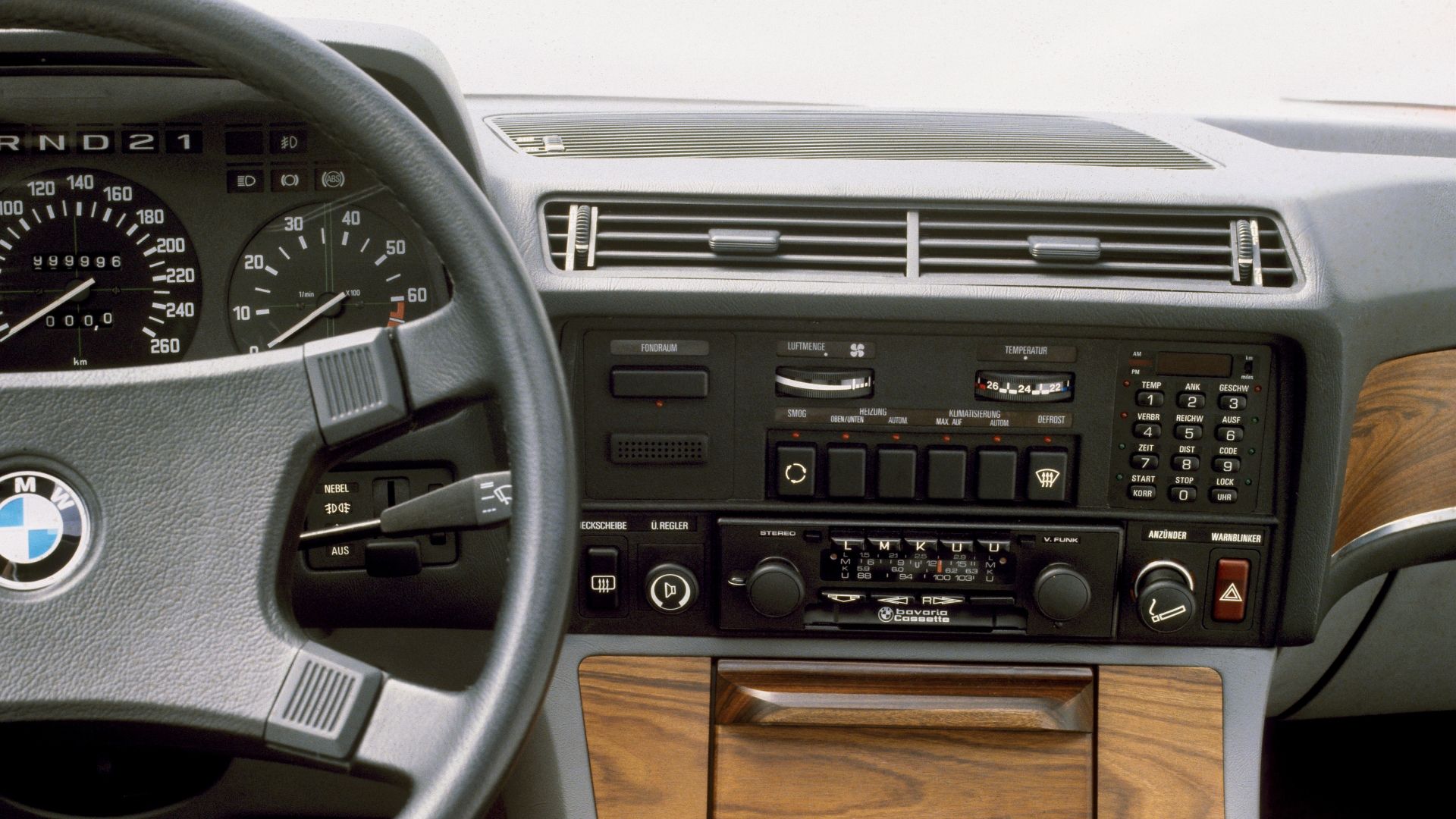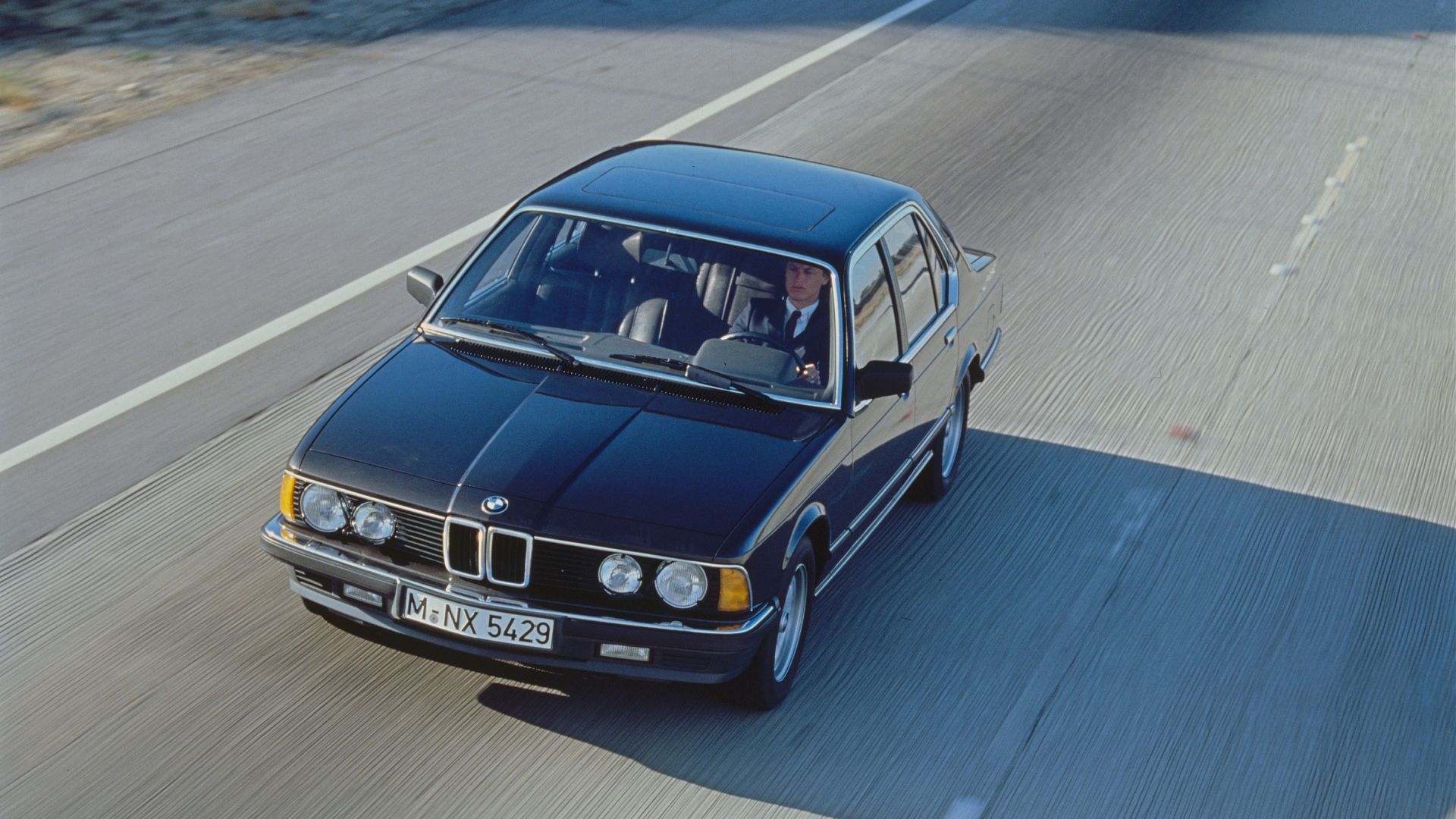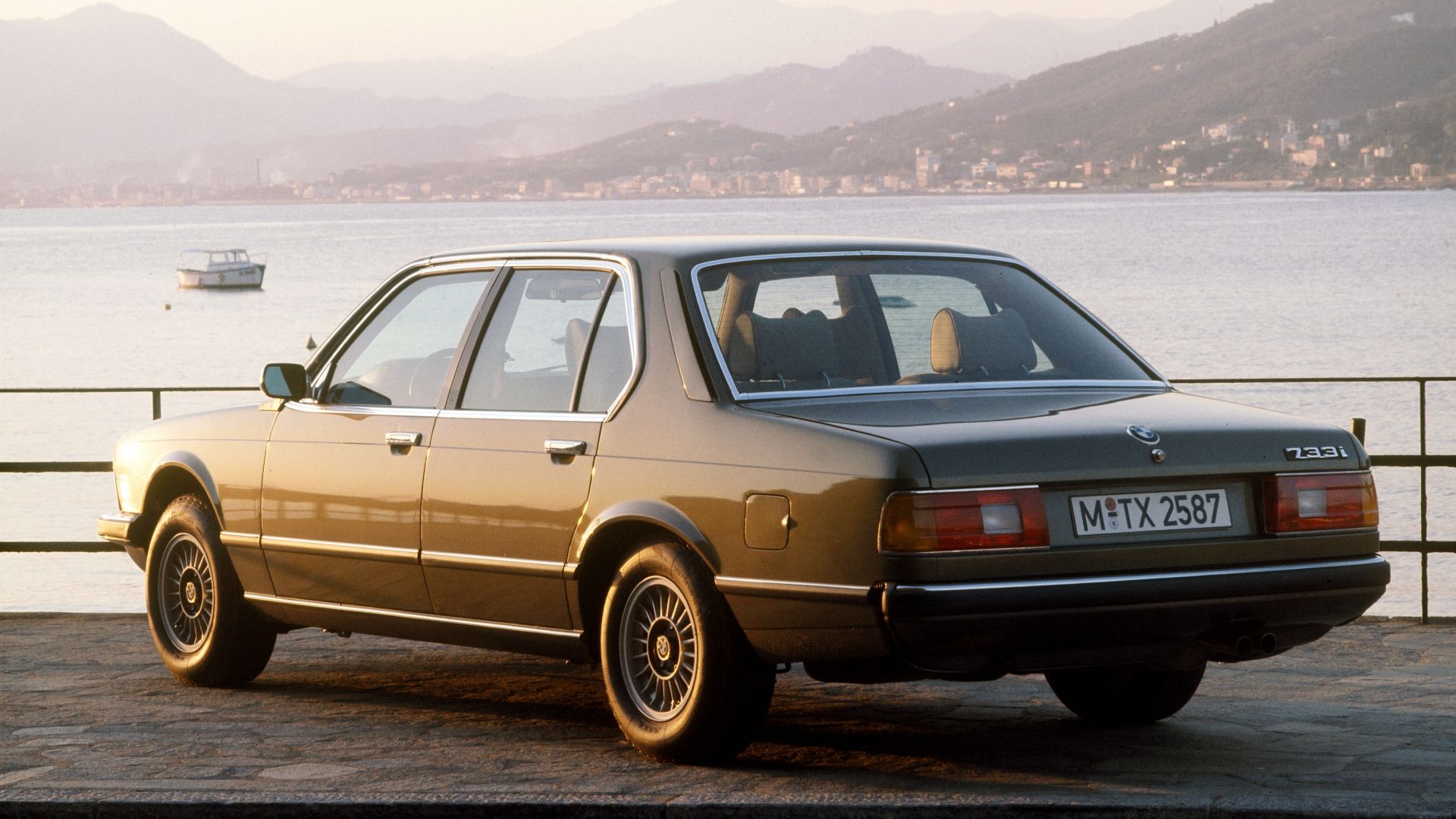Summary
- The BMW E23 7 Series was introduced in 1977 as a competitor to Mercedes’ W116 S Class, and it quickly established itself as a symbol of prestige and luxury in the automotive world.
- The E23 7 Series featured advanced technologies and innovations for its time, including an advanced climate control system, onboard computer, and in-car telephone, making it feel like a spaceship in the late 1970s.
- The E23 7 Series had a strikingly beautiful and refined design, with features such as the iconic ‘shark nose grille’ and a driver-oriented interior. Its dynamic behavior and sporty performance set the tone for future BMW models.
In 1972 Mercedes unveiled the W116 first generation S class to be the brand’s flagship luxury sedan. BMW knew that it had to respond quickly, and by the late 1970s, 1977 to be precise, it introduced the first generation E23 7 Series. To this day, the BMW 7 Series is still one of the most iconic and coveted luxury cars, a symbol of prestige in the automotive world, but this reputation was builoverof several decades. It had to, with all the tough competition it faced in its homeland of Germany, as well as from other brands across the world.
When the E23 7 Series was introduced, it had features and technologies that were ahead of its time, fitting for a car that was supposed to boast the best the Bavarian brand had to offer. Such features took the comfort and safety of the E23 7 Series to the next level, showing the world BMW was an automotive brand committed to quality and excellence when it came to building its vehicles. The E23 7 Series was an elegant full-size executive sedan that offered sportiness and comfort in a unique package, and it is still admired by many BMW fans up to this day.
Technical specifications and features of the E23 7 series were sourced from the BMW Group Classic YouTube channel, as well as Car.info and Auto-Data.
Design And Styling That Set The Tone For Future BMW Models
The E23 design was strikingly beautiful and refined for its time, and most would argue it still oozes elegance while managing to convey a feeling of status, strong build quality, luxury, and sportiness. To give credit where credit is due, we must remember Paul Bracq, the designer of the E23. Born in 1933 in Bordeaux, France, Mr. Bracq started his design career working as an assistant to a famous French designer, Philippe Charbonneaux. After that, he was hired by Mercedes and was involved in creating several iconic models for the three-pointed star brand.
Between 1969 and 1970, Paul went to BMW as the head of its design department. He spent only four years there before returning home to work for Peugeot, but during his short stay at BMW, he was the man responsible for giving birth to the first BMW ‘Series’ of cars, including the E23 7 Series.
The E23 design marked a departure from previous BMW models, for it now featured a sleek, aerodynamic shape with an angular front grille that’s often referred to as the ‘shark nose grille’. The interior design followed BMW’s driver-oriented philosophy, and the E23 received accolades for its innovative design, and luxury, combined with sporty performance, which would become the hallmark for BMW cars made from then on.
Technological Innovations
Some of the technological innovations the E23 7 Series brought were an advanced climate control system, an on-board computer, a service interval indicator, a check control system, and an in-car telephone. Back in the late 1970s, the E23 7 Series felt like a spaceship. Aside from the 2002 coupe, it was also one of the very first BMW models to be fitted with a turbocharger, such as what happened on the European 745i trim.
E23 745i Specs and Performance
|
Engine |
3.2-Liter turbocharged inline-six |
|
Output |
252 horsepower @ 5,200 RPM |
|
Torque |
280 pound-feet @ 2,600 RPM |
|
Drivetrain |
Rear-wheel drive |
|
Top Speed |
137 MPH |
|
0-62 MPH |
7.8 seconds |
|
Transmissions |
Four-speed overdrive automatic, or five-speed manual |
With its turbocharged performance, it was the 745i was the one that had everyone excited. It was also the E23 trim that received a first facelift in 1983 and looked even better. BMW wasn’t wasting time or money in keeping its new 7 Series sedan updated with class-leading tech and performance.
The check control system was so thorough that at the press of a button, the driver would get lights indicating if everything was working as it should, even the level of the water container for the windshield wipers was included in this check.
For class-leading handling and performance, BMW equipped the E23 7 Series with an independent front suspension setup with McPherson struts coil springs, and an anti-roll bar. The rear suspension featured semi-trailing arms coil springs and also had an anti-roll bar. This suspension system was designed to strike a balance between comfort and performance. The E23’s dynamic behavior was predictable and controllable, making it a lot fun to drive spiritedly. It had a sporty edge to it, despite being a big luxury barge.
On the safety front, the E23 7 Series was the first BMW to have four-channel ABS standard equipment, and the car was designed with crumple zones and the safety cell concept to protect its occupants in case of a collision. The A, B, and C pillars were reinforced along with the roof of the car so that even in a rollover scenario, the interior cabin would remain intact. The E23 7 Series even has a driver’s airbag as optional equipment.
The E23 Heritage
The E23 is a classic car revered for the advancements it brought to the automotive scene, pioneering several changes that became industry standards. The E23 7 Series sold close to 300,000 units worldwide, and it’s not a rare vehicle. There’s nothing wrong with that, as it was this success that helped establish the 7 Series as the full-size luxury sedan icon it is to this day. Also, since it’s not such a rare vehicle, the E23 can be acquired at reasonable prices by car collectors and enthusiasts alike who sometimes might want to customize it, using it as a canvas to create something truly unique.
With a production run that went from 1977 to 1986, when it was replaced by the E32, the E23 was the first BMW to carry the 7 Series badge and left an indelible mark in the automotive industry, and it helped shape BMW’s future. It packed safety and technological features ahead of its time, while its range of smooth and smaller inline six-cylinder engines showed the brand’s on-point marketing for the post-oil crisis world. The straight six delivered the best compromise of finesse and performance worthy of such a vehicle.
The original E23 7 Series did justice to BMW’s marketing line: “The ultimate driving machine”. Available in automatic or manual transmission trims, the car offered its drivers a chance to experience the pinnacle of German engineering. Its chassis was well-built and gave the driver a lot of feedback on what was going on, unlike some modern cars that try their best to numb the connection between the driver and the road.
The E23 could almost be considered raw in the way it could be driven and respond precisely to the driver’s inputs. The suspension worked great while still being more biased towards comfort. But you could still feel the road and the chassis behavior as you accelerated or applied the brakes hard. A timeless machine that sets off a whole series of legendary luxury cars from BMW in the right way.
Credit: Source link


